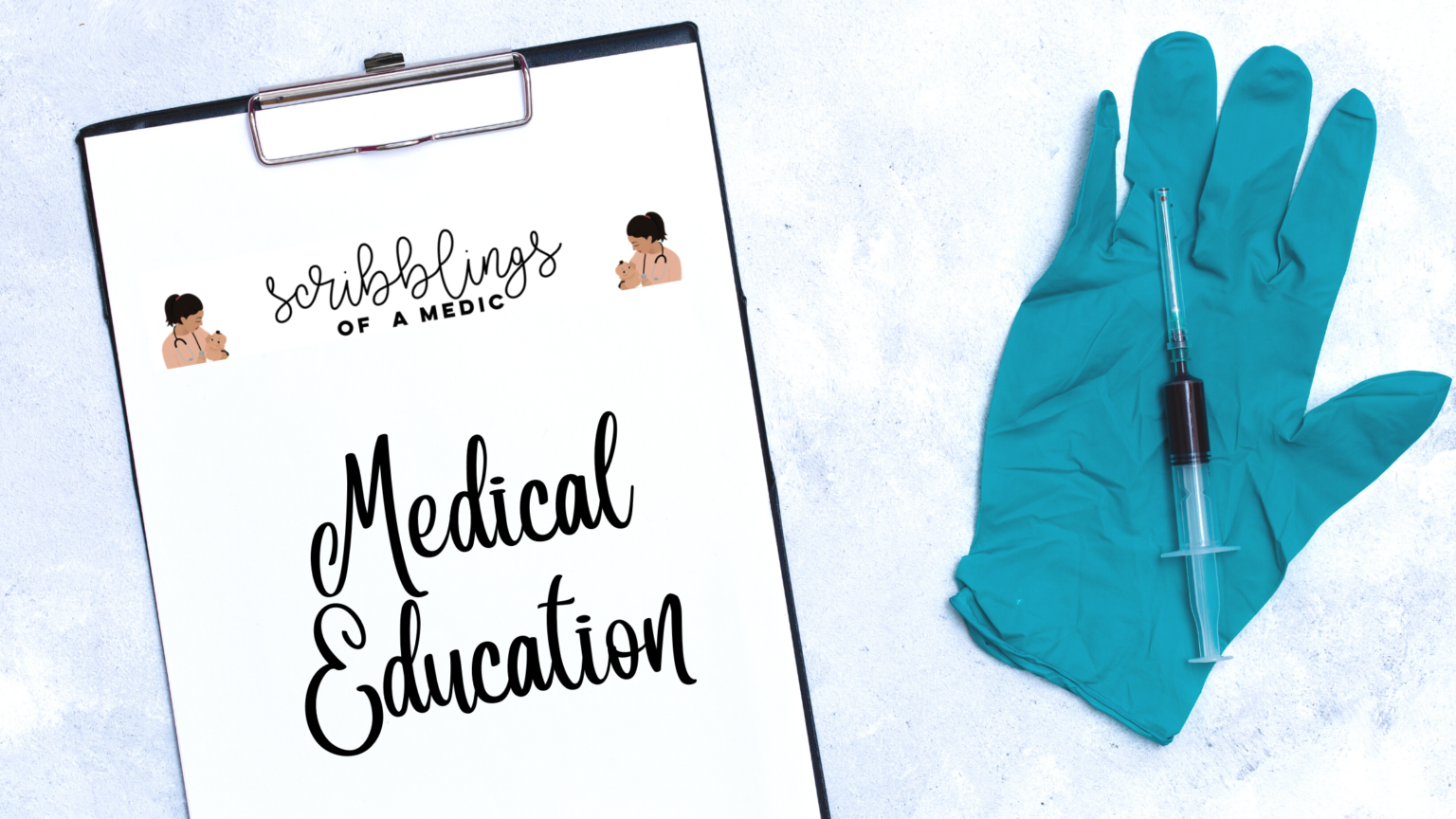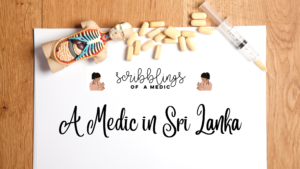As an intern in the postnatal ward (which should happen for a period of your paediatric appointment), one of your responsibilities will be routinely attending emergencies. Be it obstructed labour, meconium stained liquor, reduced fetal movements or even to document an IUD, the indications are endless. As an intern, I had to go alone for most of the emergencies and call a senior for help if there were severe warning signs which I might not be able to handle such as reduced fetal heart sounds or if there was a need for intubation. Now however, a senior does attend all emergencies at my hospital, but in many Sri Lankan hospitals you might still be the only one attending the emergency (we were warned off this at our pre-internship paediatric seminar). Listed below are the steps to neonatal resuscitation with little snippets of advice from my experience included.
- As soon as you get the call for an emergency ask what the indication is so you know if you need to inform a senior to attend right away.
- If the baby has not yet been delivered, check the mother’s ticket and the CTGs. Inform a senior if you notice any abnormalities such as late decelerations on the CTG or reduced fetal heart sounds.
- Introduce yourself to the other doctors already there.
- Check that the warmer has been turned on, the A/C or fan has been turned off and the new blankets to dry the baby are being warmed on the resuscitation table.
- Equipment to be checked and kept ready – warmer, gloves, oxygen cylinder, neonatal size ambu bag (450 ml) – check for leaks, sucker tube at the correct pressure, sucker machine, distilled water, laryngoscope (CHECK the light), 3 different face masks, oropharyngeal tubes in 3 sizes, ET tubes (sizes 2.5, 3 and 3.5), a stylet, an umbilical venous catheter set and emergency drugs (IV adrenaline 1:10000, IV sodium bicarbonate 4.2%, IV dextrose 10%, Normal Saline vials). Ideally there should be a stop clock as well.
- As soon as the baby is born, dry and wrap the baby (and ideally start the stop clock)- stimulate when drying the baby. Remove any wet cloths.
- If the baby cries at birth and has spontaneous breathing, try to encourage delayed cord clamping of at least one minute which allows the baby to gradually transition to life outside the uterus (so no sudden changes in the venous return to the heart). If the baby needs resuscitation then obviously that is your number one priority.
- Keep the baby’s head in a neutral position as shown below and assess the baby’s colour, tone, breathing and heart rate. You can use a rolled up cloth/towel and insert it under the baby’s shoulders to maintain neutral position.
-

-
Picture showing the neutral position of a baby (slightly extended in a sniffing position) from http://www.embasics.com - Immediate suctioning should only be done if there is thick meconium. Suck under direct visualisation via laryngoscope and only suck when you’re withdrawing the tube. Unnecessary suctioning causes laryngeal spasm and vagal-induce bradycardia, so don’t go crazy with the sucker machine.
- The facemask used should cover both the nose and mouth of the baby.
- When giving inflation breaths, maintain an open airway using the chin lift (the C-E grip method to make sure the facemask is sealed well) and when you squeeze the Ambu bag it’s ‘squeeze-1-2-3-release’ (watch the video in the link). The pressure you give is sustained for a longer period of time in order to open the alveoli. Look for chest wall expansion.

From “RESUSCITATION OF THE NEWBORN THE MANUAL FOR THE ADVANCED NEONATAL LIFE SUPPORT COURSE by the Sri Lanka College of Paediatricians (2015)
- CHECK CTBH
- Reassess the baby’s position and if there was no response, insert an oropharyngeal airway (correct size is found from the TMJ joint to the middle of the lips – along the lower jaw line) in the same direction of the final position – we don’t turn it like in adults.
- If there is no or little improvement you should inform you senior most definitely at this point if not already done.
- CHECK CTBH – if no improvement in heart rate, repeat the 5 inflation breaths.
- CHECK CTBH – give ventilatory breaths for 30 seconds if the heart rate is not detectable or still slow
- You need help for chest compressions so make sure you have help!
- CHECK CTBH – if heart rate still undetectable or less than 60 beats/min, start chest compressions using 2 fingers on the sternum or by the hand encircling method and both thumbs on the sternum for compression. Compressions and ventilation breaths should be given as 3:1.
- If there still isn’t adequate circulation/breathing, an umbilical venous catheter should be inserted and you need to consider giving the following drugs (hopefully by this time there should be a senior available to help).
Drug doses –
- IV Adrenaline 0.1mg/kg 1:10000 (followed by a NS flush of 10ml/kg)
- IV 4.2% Bicarbonate 2-4ml/kg
- IV 10% dextrose 2.5ml/kg
FOLLOW THE GUIDELINE BELOW PRODUCED BY THE RESUSCITATION COUNCIL IN 2015.

Top tips
- BE CALM. It’s completely normal to be freaking out, but this really is not the time for it.
- Always calmly read the mother’s BHT and look for any red signs such as late declarations in the CTG and the fetal heart rate (yes, you do need to remember a bit of your obgyn). If there are any problematic signs immediately inform your senior! Don’t take any risks.
- If possible always ask the midwife to check the fetal heart sounds using the hand-held Doppler in front of you and make sure she documents it. If it’s an emergency section, the midwife can always do it once the patient is on the theatre bed and the anaesthetist is scrubbing for the epidural. Be there when it’s done!
- Check all the equipment asap – it’s part of the neonatal resuscitation and I have mentioned it above, but it is vital that you have all the equipment you can possibly need there.
- Be in the room when the delivery is taking place if it’s the operating theatre because there can be arguments as to whether the baby cried or not. Be there, hear it for yourself.
- Rub the baby vigorously if there is a weak cry. Stimulation is everything!
- Call for help early! Theres no shame in it, do it!
- DOCUMENT EVERYTHING – if you can’t remember the time you got there write ‘retrospective writing’ as the heading and then document everything including who you are, what time the baby was delivered, cry/no cry, the resuscitation given, e.t.c.
Neonatal resuscitation is very important and the Sri Lanka College of Paediatricians does conduct neonatal and paediatric life support classes which are very useful and I would advice any pre-intern to attend it, because they teach you very well. The handbook can be found by clicking here. Read it, know it!
As always, if you have any questions, don’t hesitate to contact me!





